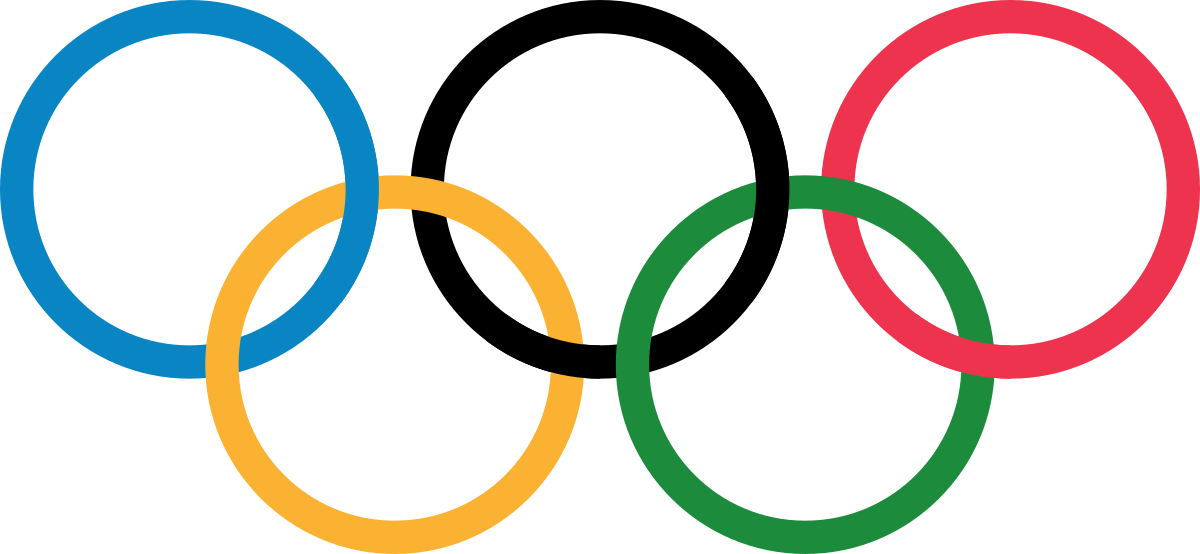Abstract¶
From the first modern Olympics in 1896 to Rio 2016, the Summer Olympic Games has been through 120 years. This study analyzed the historical data about the Olympics and tried to answer four questions, i.e.,
how female participation changed over the years and how these changes differed between continents,
whether there is a home-field advantage at the Olympics,
how “efficient” is each participating country and region to get medals, and
which sports had the highest number of participants.
Results showed that both total number of athletes and the rate of female participation have been increasing in the past 120 years. Also, there seems to exist a home-field advantage. Third, medal efficiency is highly correlated with participating country or region’s economic development. Finally, athletics, gymnastics, and swimming have the highest number of athletes.
